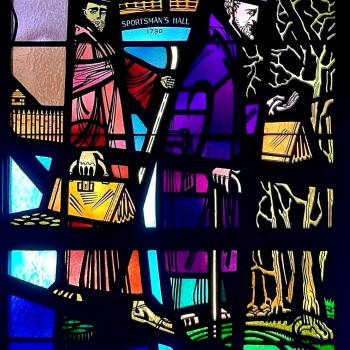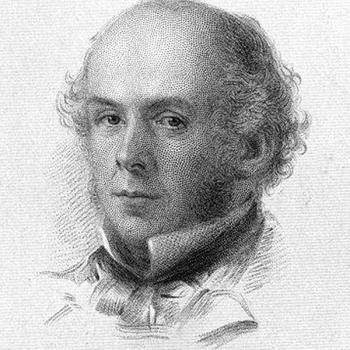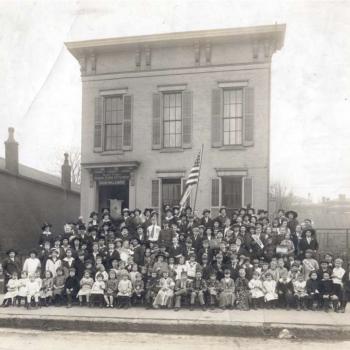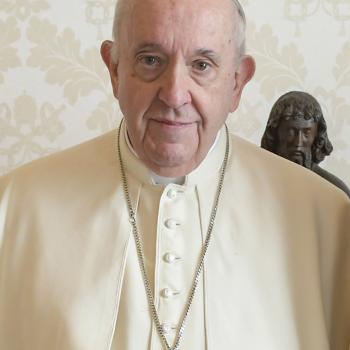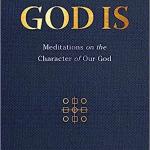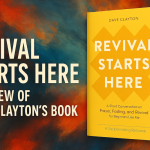This weekend’s big event, the first-ever double papal canonization–two living popes making saints of two towering twentieth-century ones—wears its historical significance on its sleeve. In a New York Times article covering the event, Jim Yardley quotes 54-year-old Kansan Mary Ellen Watson: “This is a moment in the history of the church that has never happened and won’t probably happen again—with four popes!”
Pope Francis I, remarkable in his own right as a “first,” was joined by the emeritus Pope Benedict XVI, remarkable in his retirement, to recognize as saints Pope John XXIII and Pope John Paul II. The beloved Italian who called the Second Vatican Council (1962-1965), John XXIII helped open the church to the modern world, while John Paul II, with courage and hope, led the church through a world transformed at the end of the Cold War.
So this event necessarily becomes today’s topic. But what to say to add to the welter of words already assaying it, from religious analyses to write-ups in New York Times and Wall Street Journal? Commentators have felt pressed to explain the pairing of the two candidates, wryly nicknamed “The Odd Couple” by John Wilkins in a recent Commonweal piece. Some assume that Francis chose one to balance the other. Wilkins gives this summary: “Both popes brought about revolutions, John XXIII in the church, John Paul II in the world.”
Treatments of the canonization festivities include man-in-the street comments, wherein reporters allow ordinary people to reflect on the influence these popes have had on them. I will also, then, reflect on their influence in the Catholic church of my American experience.
My great-grandparents were Eastern-Rite Catholics from Slovakia; my mother grew up in an ethnic Pittsburgh neighborhood where Mass was said in combination of Latin and Slovak. In contrast, the Catholic church of my 1970s childhood met in the auditorium of Cornell’s Religious Works building, itself a late add-on to a university dedicated by its co-founder Andrew Dickson White to the exclusion of religion from the academy. My view from the pew looked like this: we had two priests (one of whom left to marry) and a sister (no habit) to minister to the needs of the community, which alternated use of the space with an Episcopalian congregation. At Mass, communion was distributed by breaking off a square of dense wheaten flatbread passed person to person in a hand-thrown pottery dish. We sang Kumbaya and Blowin’ in the Wind. We held hands a lot, always during the sung Our Father but not just then. Sometimes my family went instead a home Mass, sometimes sad-and-happy costumed figures assisted at a Clown Mass.
I had no idea this was any unusual way of behaving as a Catholic, but I’ll count my unwittingness itself a sign of the shift wrought by the Council initiated by John XXIII. If some liturgical additions went too far, or became silly, the upshot was, nevertheless, gaudium et spes—joy and hope of believing in Christ, belonging to the Church in the modern world.
Especially a world that could feel inimical to joy and hope in Christ. In the mid-1980s my grandmother visited some of her left-behind relatives in Slovakia and came back with (presumably relatively ordinary) accounts of persecution, privation. When Karol Józef Wojtyła was made pope in 1978, he told us: Be Not Afraid! (I resonated with that gospel proclamation because we often sang it, guitar-led, in this rendition by the St. Louis Jesuits.) John Paul II advocated a Gospel of Life (Evangelium Vitae), a balance between capital and labor (Centesimus Annus) and faith and reason (Fides et Ratio), and further unity among Christians (Ut Unum Sint). He called Christians throughout the world, especially the young, afresh to faith.
Though the Catholic process of making saints might seem foreign to Christians from other communities of faith, the canonization of John XXIII and John Paul II gives much to celebrate.







